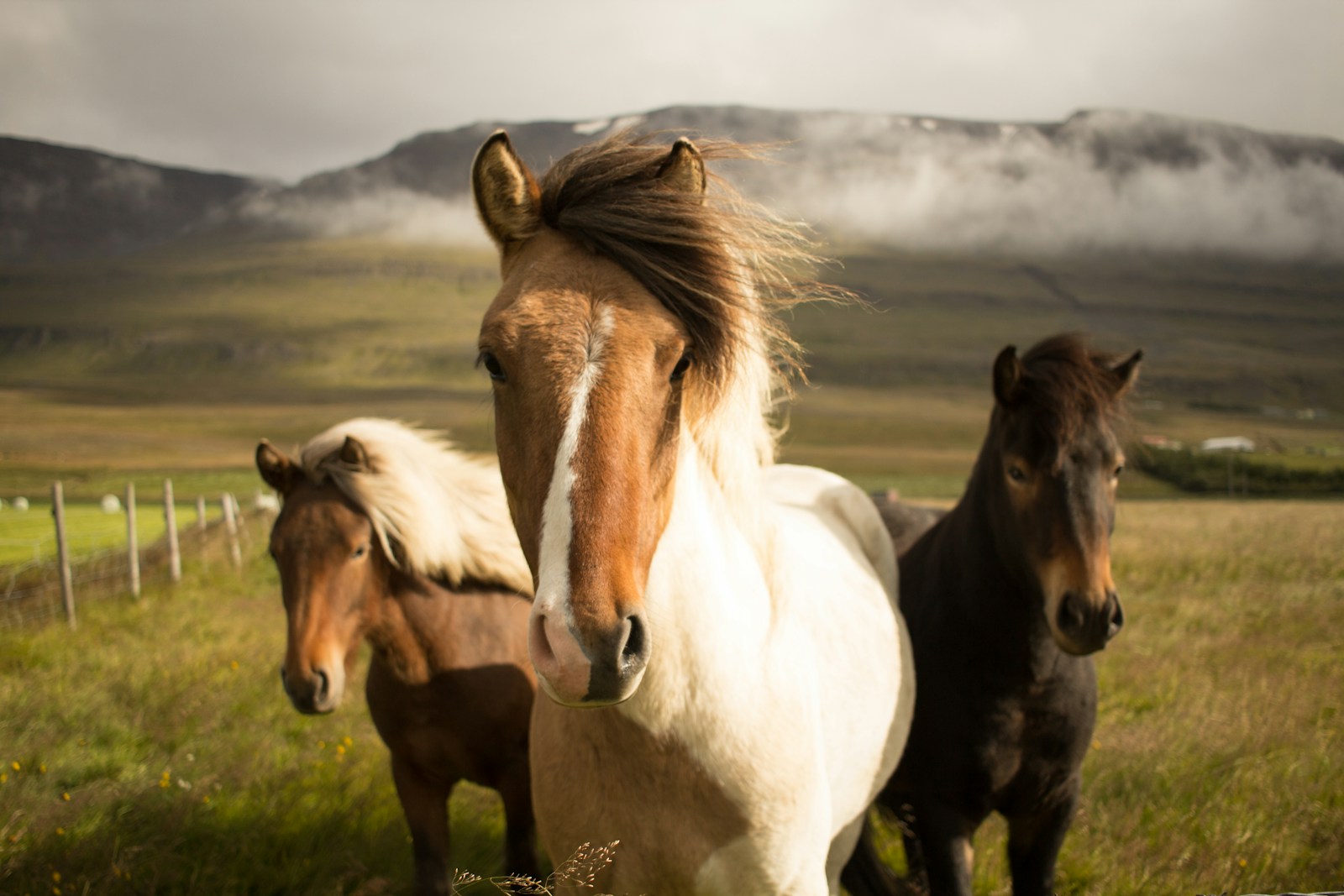The American West conjures images of vast, untamed landscapes where wild horses run free, their manes flowing in the wind as they traverse rugged terrain. These magnificent creatures, symbols of freedom and the frontier spirit, have captivated our imagination for centuries. Wild horses of the western United States represent one of America’s most cherished living legends, embodying the region’s complex history and natural heritage. From the dusty plains of Nevada to the mountain meadows of Wyoming, these resilient animals have adapted to some of the harshest environments on the continent, developing distinct behaviors and social structures that allow them to survive and thrive.
Their story intertwines with human history, conservation challenges, and ongoing debates about land management and animal welfare. Let’s explore the remarkable world of these iconic western mustangs, their past, present, and uncertain future.
Origins and History of Wild Horses in North America
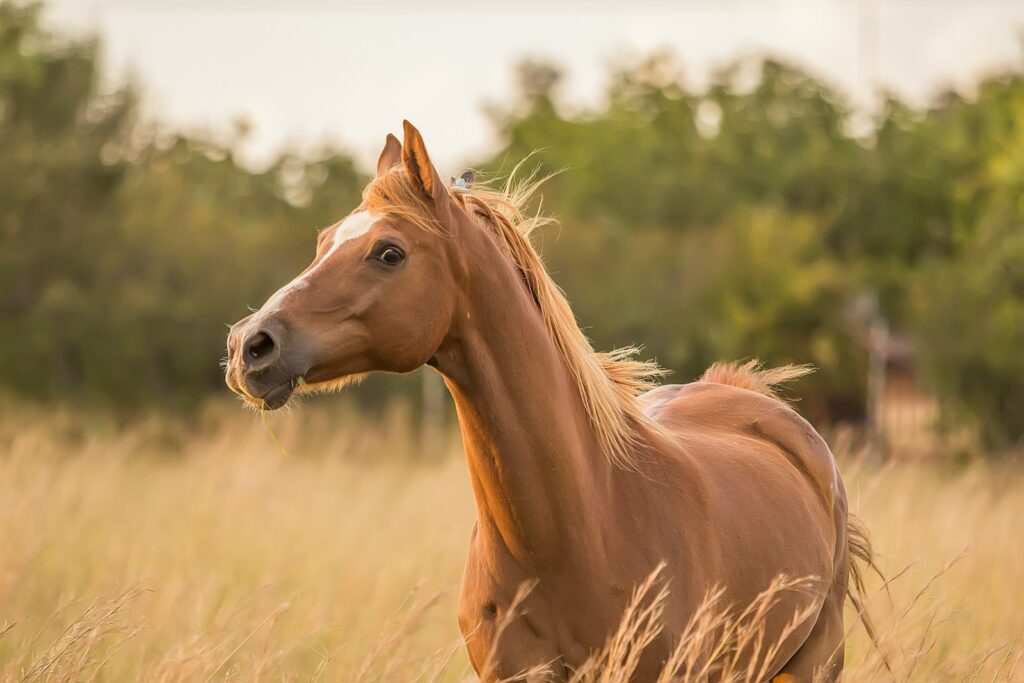
While many Americans view wild horses as native to the continent, their story is more complex than it first appears. Horses actually originated in North America millions of years ago before mysteriously disappearing around 10,000 years ago during the Pleistocene extinction event. The modern wild horses we see today descended from domesticated horses reintroduced by Spanish explorers in the 16th century. Some escaped or were released, forming feral populations that spread throughout the American West. Native American tribes quickly incorporated horses into their cultures, revolutionizing hunting, warfare, and transportation.
Over centuries, these escaped and abandoned horses adapted to the western landscape, developing characteristics that helped them survive in harsh, varied environments ranging from desert to mountain terrain.
Mustangs: America’s Living Legends
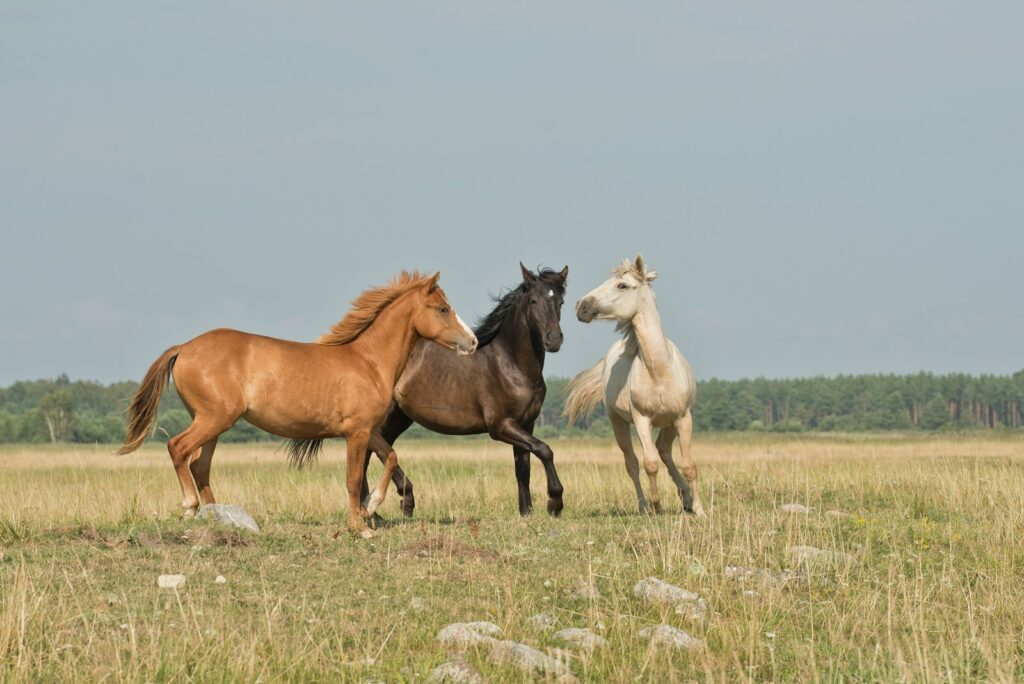
The term “mustang” derives from the Spanish word “mesteño,” meaning wild or stray, perfectly capturing the untamed spirit of these horses. Unlike truly wild species like Przewalski’s horse, mustangs are feral descendants of domesticated horses that have readapted to life in the wild. Despite their domestic ancestry, these horses have developed distinct physical and behavioral adaptations over generations of natural selection in the harsh western environments. They typically stand between 14 and 15 hands high, with compact, muscular bodies that combine strength with endurance.
Their resilience, independence, and ability to thrive in challenging conditions have made mustangs powerful symbols in American culture, representing freedom, self-reliance, and the untamed spirit of the West that continues to resonate with people around the world.
The Social Structure of Wild Horse Herds
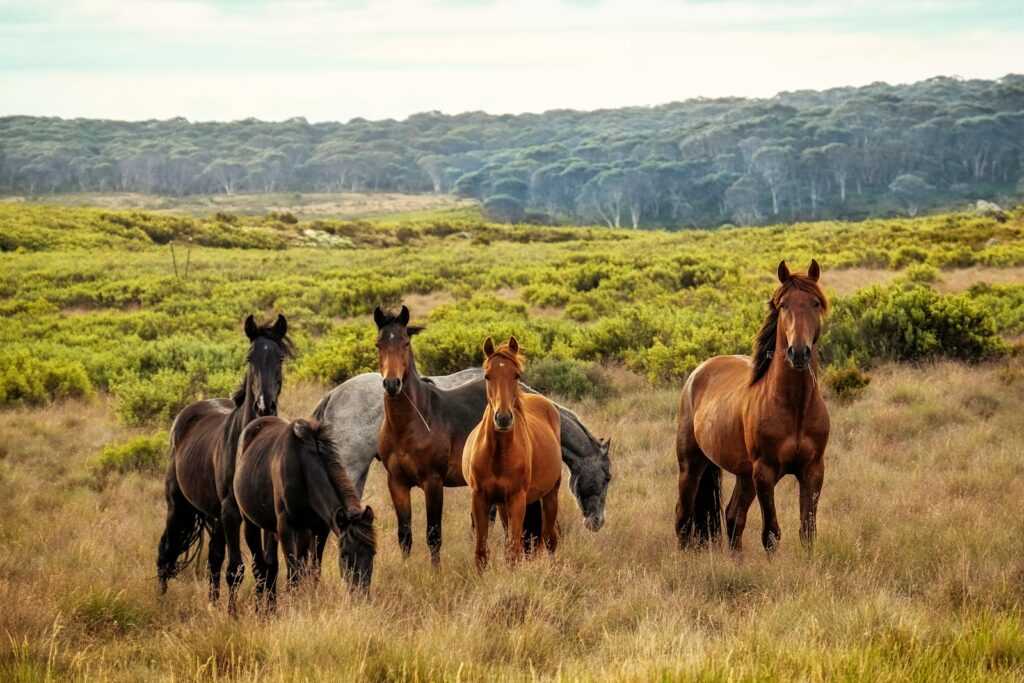
Wild horses organize themselves into complex social units called bands, typically consisting of a dominant stallion, several mares, and their offspring. Within these bands, strict hierarchies develop among both males and females, with older mares often making crucial decisions about migration routes and water sources. Young males leave their natal bands around age two or three, sometimes forming “bachelor bands” with other young stallions where they develop the social and fighting skills needed to eventually win their own harem.
The dominant stallion’s primary role involves protecting the band from predators and keeping other stallions from stealing his mares, creating a constant dynamic of challenges and defenses. These sophisticated social structures have evolved to maximize survival in harsh conditions, allowing for collective decision-making about resources, protection from predators, and successful reproduction.
Remarkable Adaptations to Western Landscapes
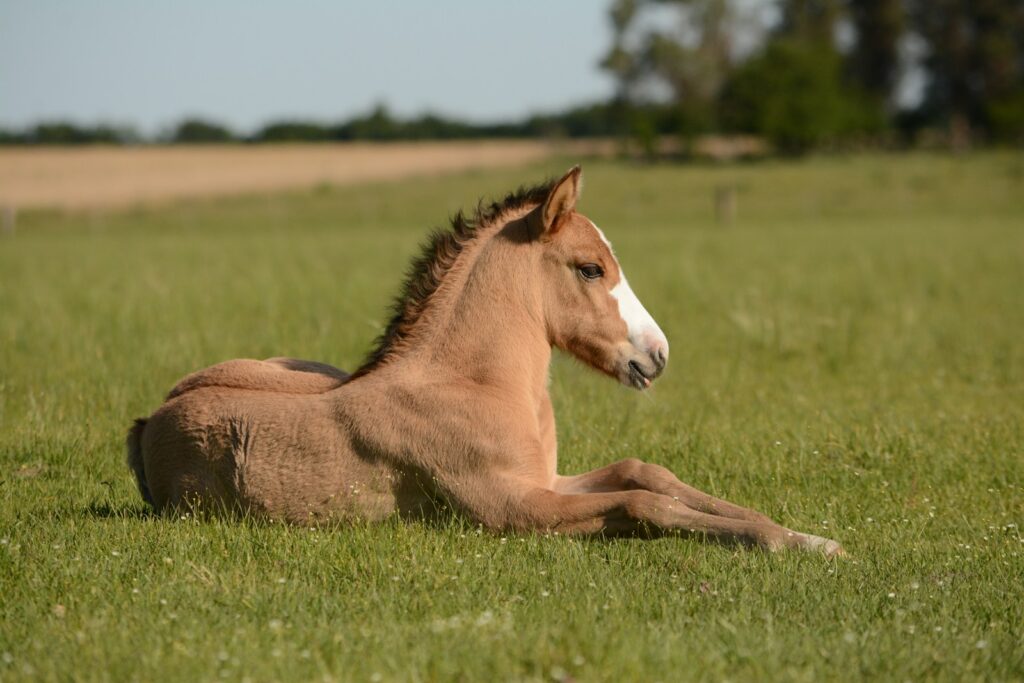
Wild horses have developed impressive physical and behavioral adaptations to survive in the diverse and often extreme environments of the American West. Their hooves grow denser and harder than those of domestic horses, allowing them to navigate rocky terrain without the need for shoeing. Their digestive systems have adapted to process low-quality forage that domestic horses might reject, extracting maximum nutrition from sparse vegetation.
During extreme weather, wild horses instinctively seek natural shelters like canyons and groves, positioning themselves to minimize exposure to elements. Perhaps most remarkably, they’ve developed an exceptional ability to locate water sources across vast landscapes, sometimes traveling up to 30 miles daily between grazing areas and distant waterholes during drought conditions.
Range and Distribution Across Western States
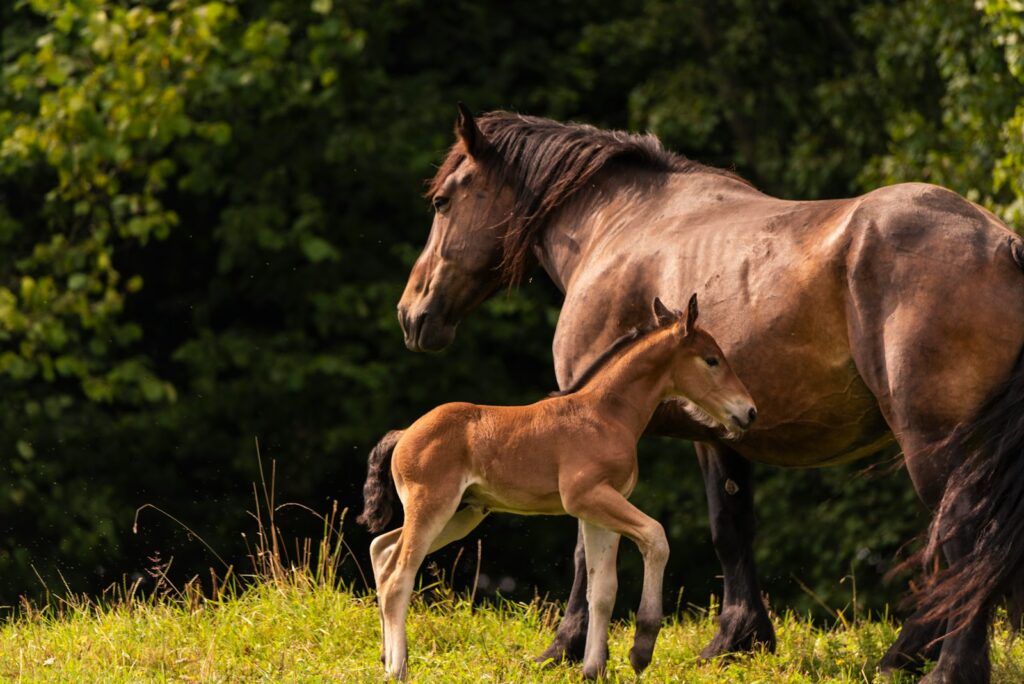
Today, wild horses roam across approximately 27 million acres of public lands designated as Herd Management Areas (HMAs) by the Bureau of Land Management (BLM), spanning ten western states. Nevada hosts the largest population, with about 60% of all American wild horses roaming its vast high desert landscapes. Other significant populations exist in Wyoming, Oregon, Utah, California, and Colorado, each adapted to their specific regional environments. The Great Basin region represents the heart of wild horse country, with its sagebrush ecosystems providing essential forage and habitat.
Distinct regional populations have developed their own characteristics—from the larger, heavier horses of Wyoming’s mountain ranges to the smaller, more agile mustangs of Nevada’s arid basins—reflecting generations of adaptation to local conditions and available resources.
The Wild Free-Roaming Horses and Burros Act of 1971
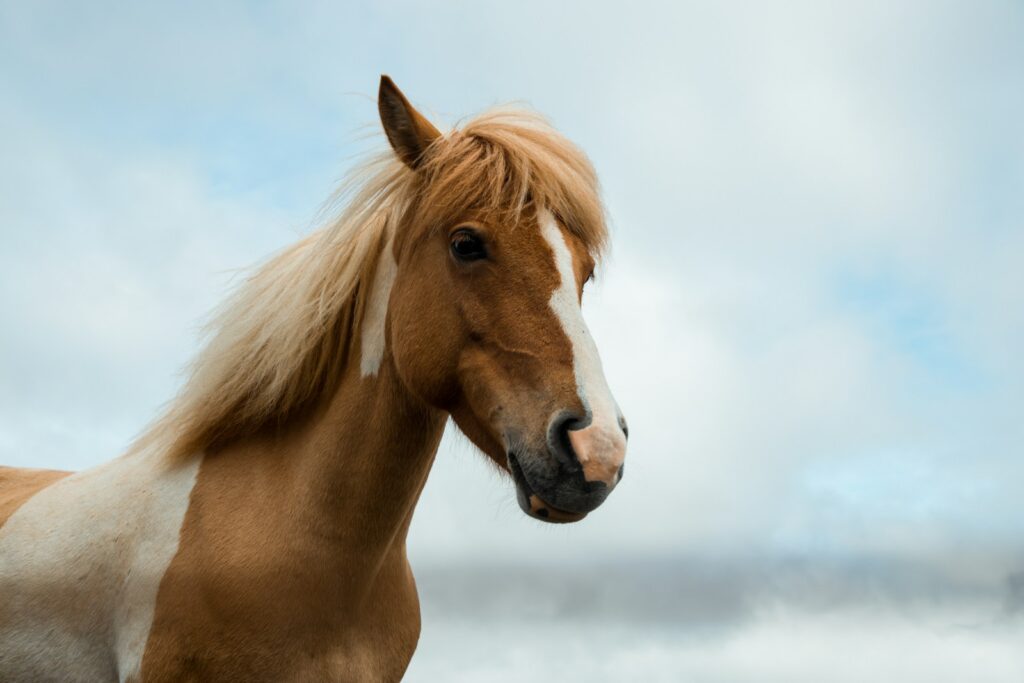
The fate of America’s wild horses changed dramatically in 1971 when Congress unanimously passed the Wild Free-Roaming Horses and Burros Act, landmark legislation that recognized these animals as “living symbols of the historic and pioneer spirit of the West.” This pivotal law mandated protection for wild horses and burros on public lands, making it a federal crime to harass, capture, brand, or kill them. The Act charged the Bureau of Land Management and the U.S. Forest Service with managing these herds to achieve and maintain a “thriving natural ecological balance” on public rangelands.
While celebrated as a conservation victory, the legislation established what would become an ongoing challenge: balancing protection for these iconic animals with competing demands for rangeland resources from wildlife, livestock grazing, and other land uses. Fifty years later, this legislation remains the cornerstone of wild horse management, though its implementation continues to generate significant controversy among stakeholders.
Management Challenges and Controversies
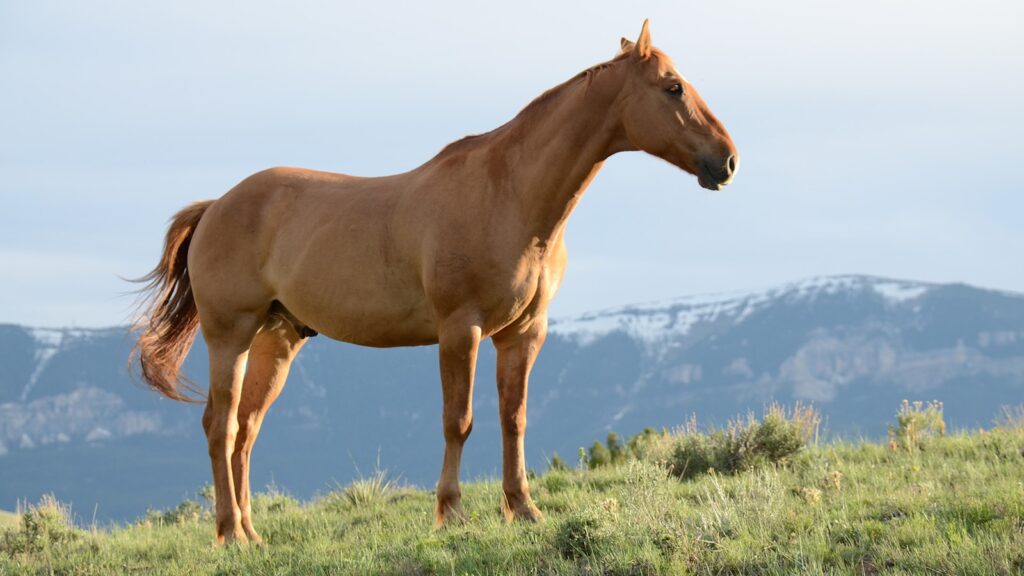
Managing wild horse populations presents complex challenges that have sparked heated debates among conservationists, ranchers, government agencies, and wild horse advocates. The BLM faces the difficult task of preventing overpopulation while ensuring herd survival, often resorting to controversial roundups using helicopters to gather excess horses. Critics argue these roundups traumatize the animals and destroy family bands, while supporters maintain they’re necessary to prevent rangeland degradation and horse starvation.
The appropriate population level—known as Appropriate Management Level (AML)—remains fiercely contested, with the BLM’s target of approximately 27,000 horses being far below the current estimated population of over 80,000. Competing interests for public lands, including livestock grazing permits, energy development, and recreation, further complicate management decisions, creating a seemingly intractable conflict between ecological concerns, economic interests, and animal welfare considerations.
Life in BLM Holding Facilities
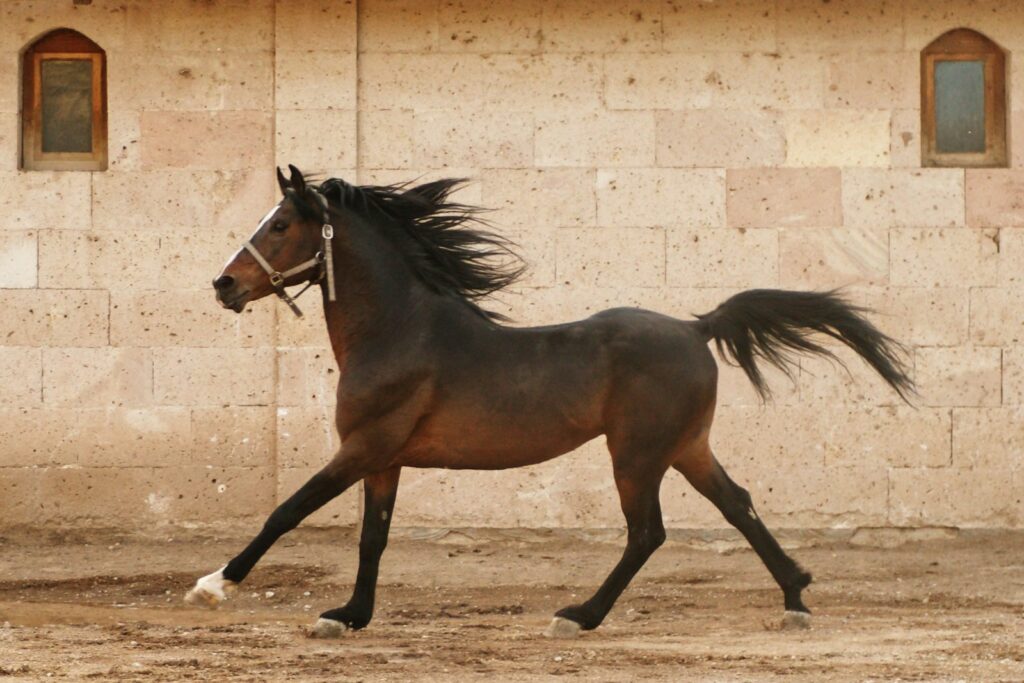
The reality for many wild horses rounded up from public lands is a drastic transition to life in government holding facilities, where approximately 50,000 mustangs currently reside—nearly as many as remain in the wild. Short-term holding facilities process newly gathered horses, providing veterinary care, vaccinations, and preparation for potential adoption. Horses not adopted or sold move to long-term pastures primarily in the Midwest, where they live out their lives in same-sex herds. While these facilities provide adequate food and veterinary care, they represent a profound change from the horses’ natural lifestyle, restricting movement, eliminating natural social structures, and removing the animals from their adapted environments.
The financial burden of maintaining these facilities consumes nearly 60% of the BLM’s wild horse program budget, creating an unsustainable system that costs taxpayers approximately $50 million annually while failing to resolve the fundamental management challenges.
Adoption Programs and Success Stories
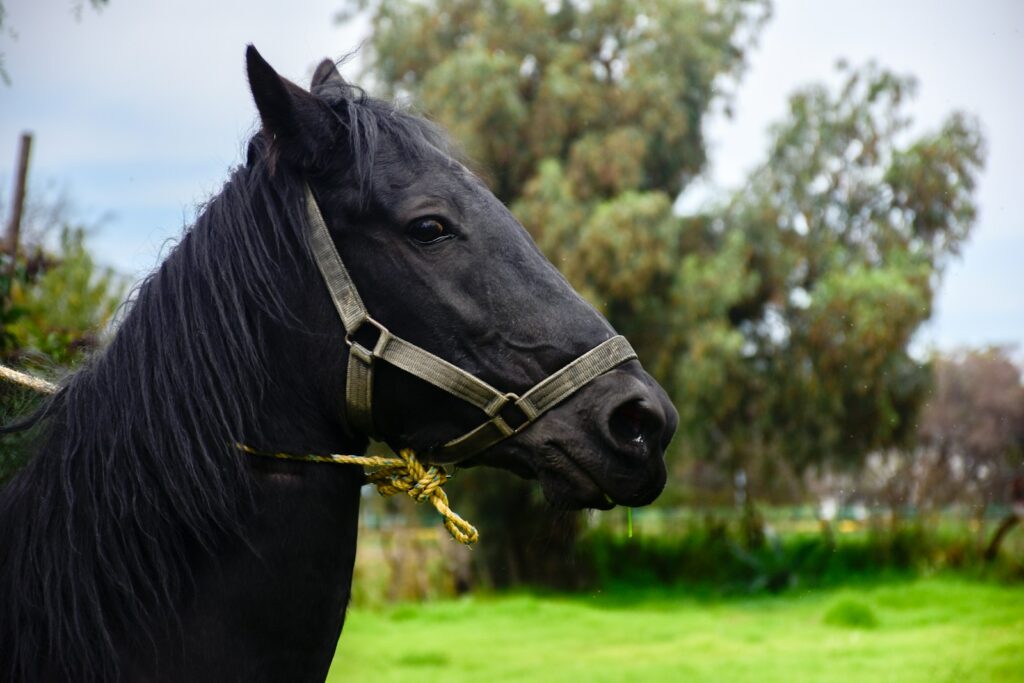
The Bureau of Land Management’s adoption program represents one solution to the challenge of managing wild horse populations, placing approximately 240,000 horses in private homes since its inception in 1971. The Mustang Heritage Foundation’s Trainer Incentive Program and Extreme Mustang Makeover competitions have significantly boosted adoption rates by demonstrating these horses’ trainability and versatility. Adopted mustangs have excelled in diverse equestrian disciplines, from endurance riding and competitive trail to dressage and ranch work, showcasing their athletic ability, intelligence, and stamina.
Success stories include mustangs like Cobra, who went from wild Nevada range horse to World Show champion in Working Western disciplines, proving that with proper training, these horses can transition successfully to domestic life. Despite these successes, adoption demand remains insufficient to place all gathered horses, highlighting the need for additional management approaches and continued innovation in adoption programs.
Modern Scientific Approaches to Population Management
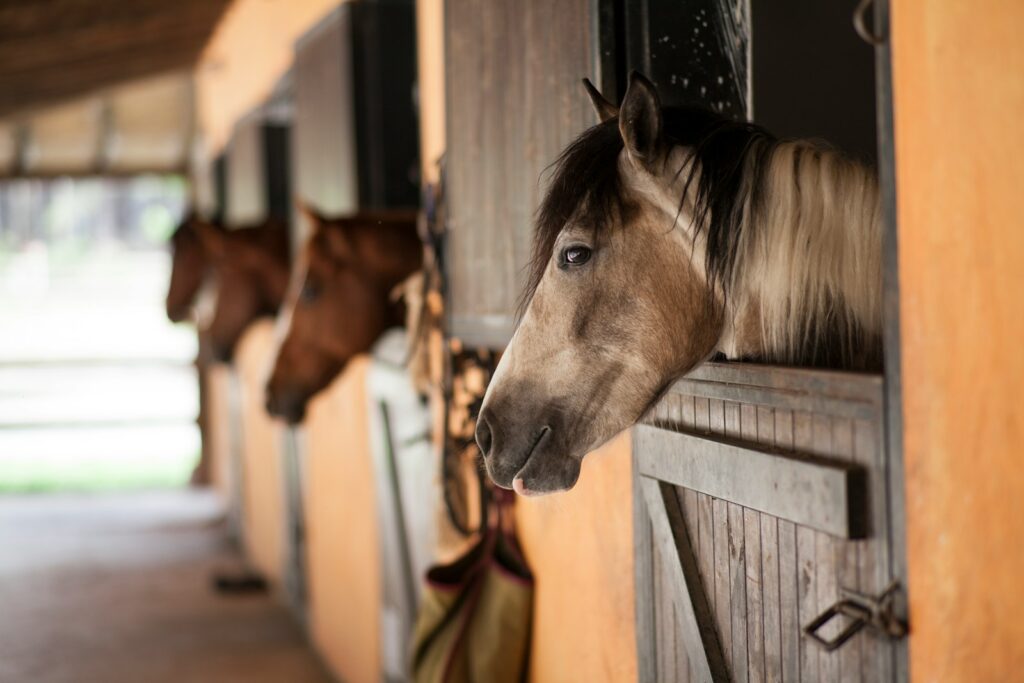
As traditional gather-and-remove strategies prove unsustainable, scientists and land managers are increasingly turning to fertility control as a more humane and cost-effective approach to population management. Immunocontraceptive vaccines like PZP (porcine zona pellucida) can temporarily prevent pregnancy in mares without disrupting their natural behavior or social structures. Research in areas like Nevada’s Pine Nut Mountains has demonstrated that consistent application of fertility control can gradually reduce herd growth rates while allowing horses to remain on the range.
Advanced genetic analysis now helps managers identify populations at risk of inbreeding, informing decisions about relocating horses to maintain genetic diversity within isolated herds. Remote monitoring technologies, including GPS collaring and drone surveys, are improving population estimates and tracking herd movements across vast landscapes, providing crucial data for evidence-based management decisions that balance ecological health with wild horse welfare.
The Ecological Impact Debate
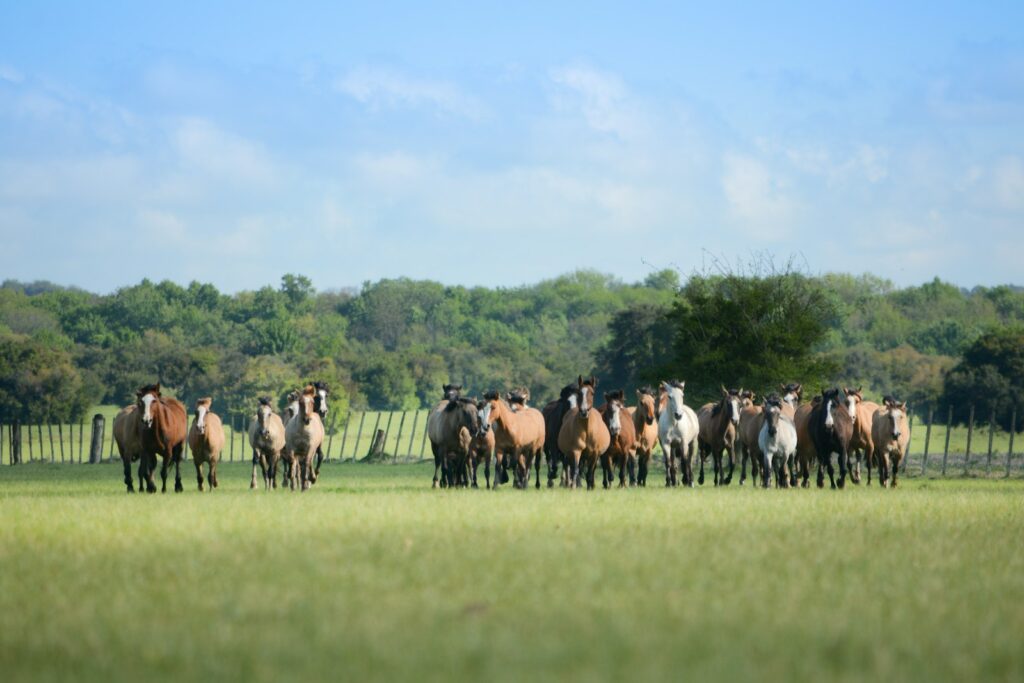
The environmental impact of wild horses remains one of the most contentious aspects of the management debate, with dramatically different perspectives from various stakeholders. Ranchers and some ecologists argue that horse populations exceed sustainable levels, causing soil compaction, vegetation degradation, and competition with native wildlife for scarce water resources. Wild horse advocates counter that cattle significantly outnumber horses on public lands and cause far greater ecological impact, pointing to research showing horses can benefit ecosystems by dispersing seeds and creating water access for other species.
Unlike non-native livestock, horses evolved alongside North American ecosystems for millions of years before their relatively recent extinction and reintroduction. The science remains complex, with studies showing both beneficial and detrimental effects depending on population density, specific ecosystems, and other factors, highlighting the need for landscape-specific management approaches rather than one-size-fits-all policies.
Wild Horse Photography and Tourism

The allure of photographing wild horses in their natural habitat has created a growing tourism industry across the West, with dedicated tours operating in areas like Utah’s Onaqui Mountains and Wyoming’s McCullough Peaks. Professional wildlife photographers like Kimerlee Curyl and Carol Walker have created stunning visual documentation of these animals, raising awareness about their plight while capturing their beauty and spirit. Popular viewing areas like Nevada’s Virginia Range and Oregon’s Steens Mountain attract thousands of visitors annually, generating significant revenue for local economies through guided tours, accommodations, and related services.
Beyond economic benefits, wild horse tourism creates passionate advocates who often become involved in conservation efforts after witnessing these magnificent animals in person. For photographers and tourists alike, the experience of observing wild horses in their natural environment offers a powerful connection to America’s natural heritage and the diminishing wildness of the western landscape.
The Future of Wild Horses in the American West
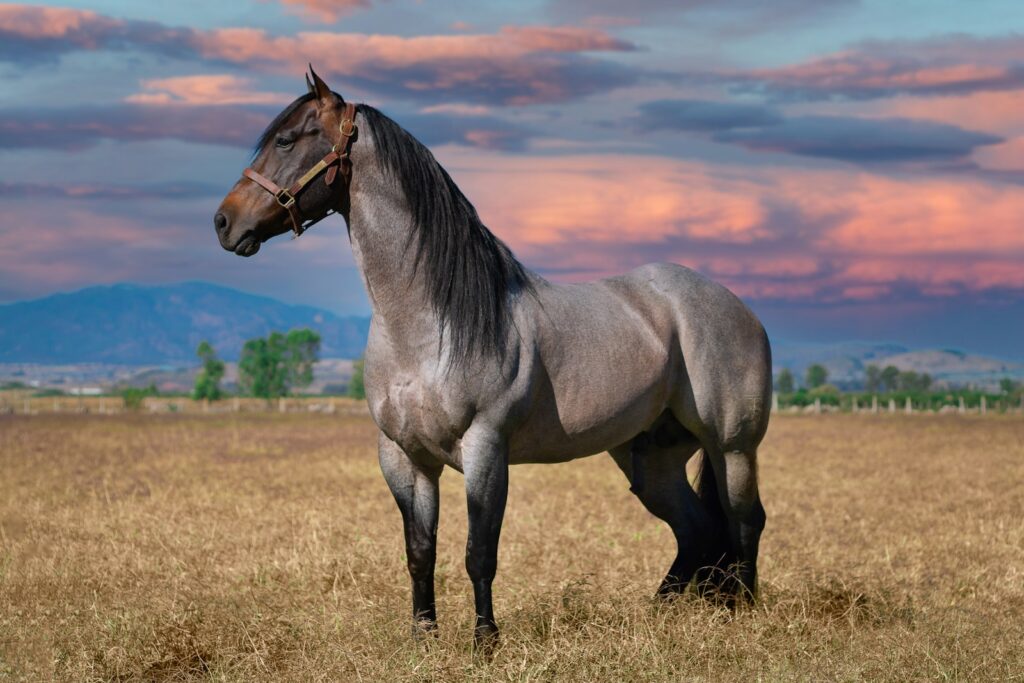
The future of wild horses hangs in a delicate balance, with their survival depending on innovative management approaches and evolving public attitudes. Recent legislative efforts have focused on increased fertility control funding and development of public-private partnerships to manage horses on the range rather than in costly holding facilities. Conservation groups propose establishing dedicated wild horse preserves where natural selection and predation could regulate populations with minimal human intervention. Climate change presents additional challenges, with projections of more frequent droughts potentially reducing available forage and water across the horses’ range.
Despite these challenges, public support for wild horse protection remains strong, with polls consistently showing that Americans favor preservation of these iconic animals as living symbols of western heritage. The ultimate solution will likely require compromise among competing interests, combining scientific management, reasonable population targets, and a deep commitment to maintaining these magnificent animals as a living embodiment of the American West’s wild spirit.
Conclusion: Nature’s Resilient Icons of the West
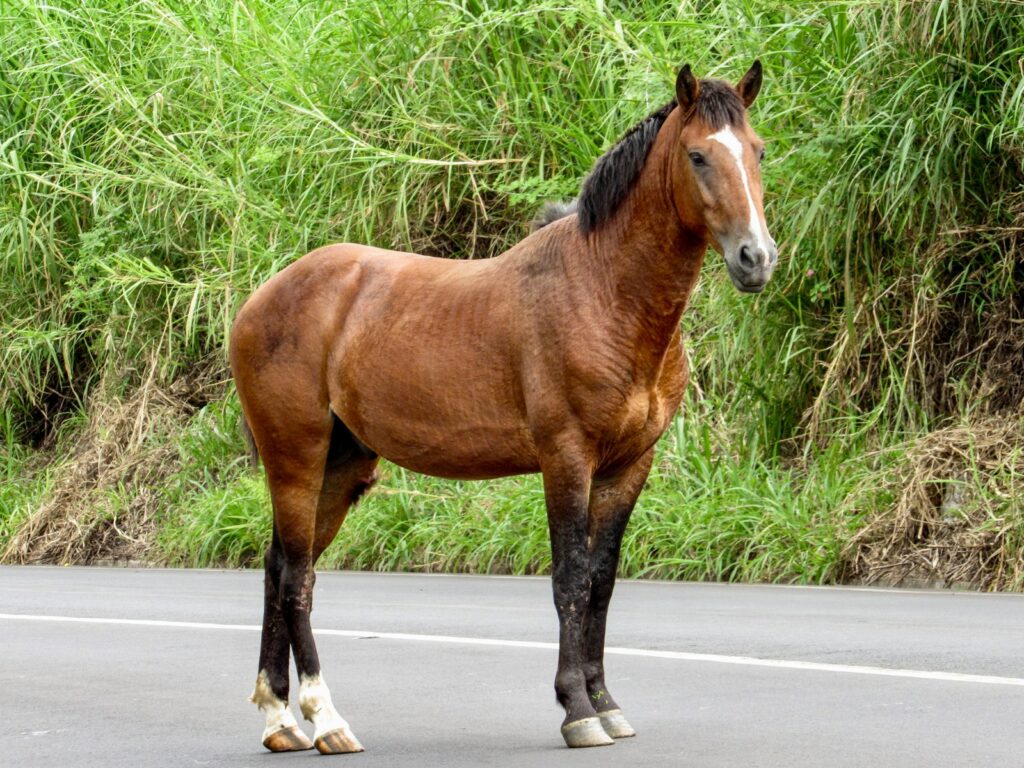
Wild horses of the American West represent a complex intersection of natural history, cultural symbolism, and contemporary land management challenges. These resilient animals have adapted remarkably to their environments over centuries, developing the physical traits and social structures necessary for survival in harsh landscapes. While their management generates significant controversy, their importance as living symbols of American heritage is undeniable.
As we look toward the future, finding sustainable solutions will require balancing ecological health, economic interests, and our collective responsibility to preserve these magnificent creatures. Whether galloping across Nevada’s sagebrush expanses or grazing peacefully in Wyoming’s mountain meadows, America’s wild horses continue to captivate our imagination and connect us to the untamed spirit of the West—a living legacy that deserves our protection for generations to come.

